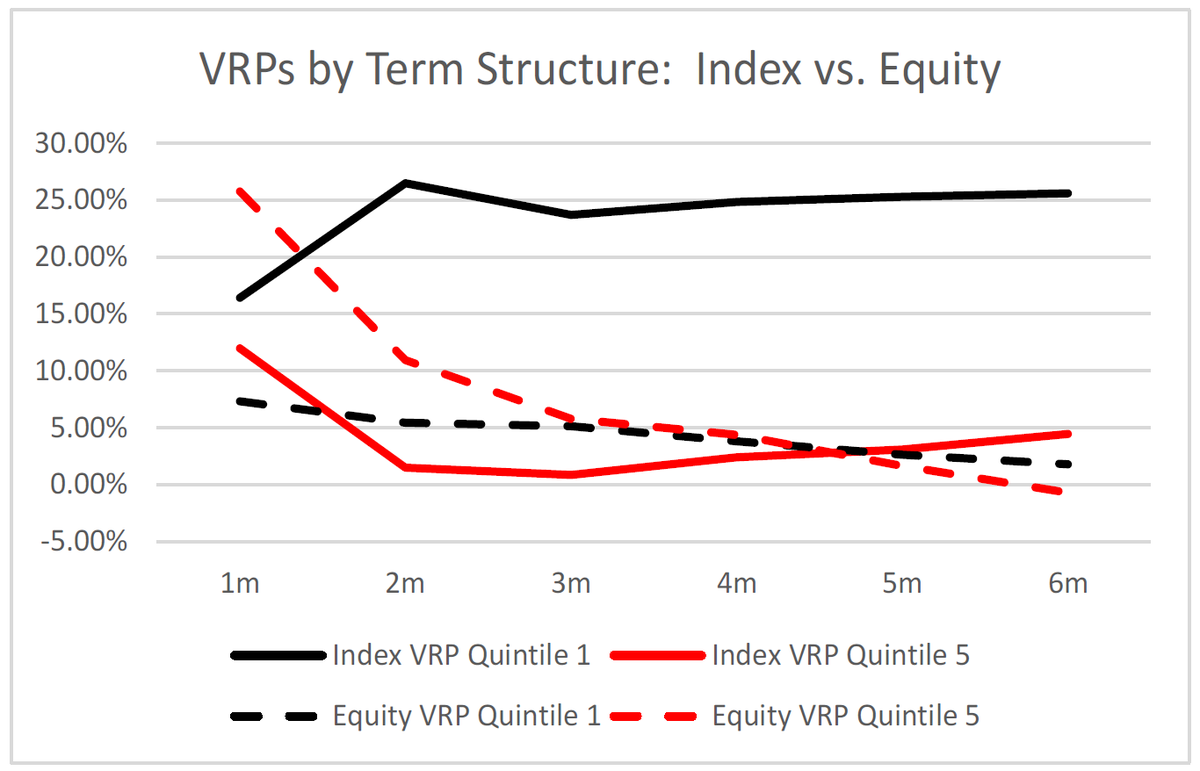"Movements in the term structure of individual equity options are driven by changes in short-term volatility. Long-term IV is slow to react to shocks in short-term IV."
papers.ssrn.com/sol3/papers.cf…


Twitter may remove this content at anytime, convert it as a PDF, save and print for later use!

1) Follow Thread Reader App on Twitter so you can easily mention us!
2) Go to a Twitter thread (series of Tweets by the same owner) and mention us with a keyword "unroll"
@threadreaderapp unroll
You can practice here first or read more on our help page!







